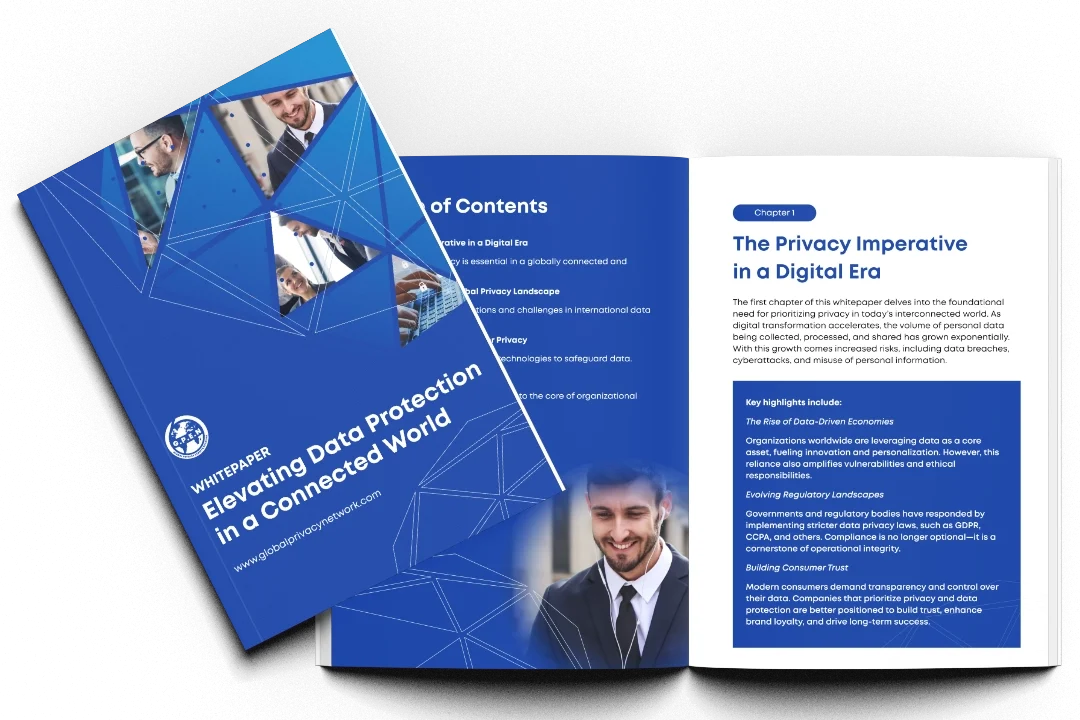Immediate Actions to Take After a GDPR Breach
Identifying the Breach
The first step in addressing a GDPR breach is identifying it promptly. A breach can take many forms, including unauthorized access, data leaks, or accidental exposure. Key points include:
- Detecting anomalies: Monitor systems for unusual activities that might indicate a breach.
- Conducting initial assessment: Determine the scope, nature, and potential impact of the breach.
Notifying the Relevant Parties
GDPR requires timely notification of breaches to maintain transparency and accountability. Key actions include:
- Informing the supervisory authority: Notify the relevant Data Protection Authority (DPA) within 72 hours of becoming aware of the breach.
- Alerting affected individuals: If the breach poses a high risk to the rights and freedoms of individuals, they must be informed promptly.
Steps to Mitigate the Impact of a GDPR Breach
Containing the Breach
Swift containment minimizes damage and prevents further unauthorized access. Steps include:
- Isolating affected systems: Limit access to compromised systems to stop data loss.
- Implementing corrective actions: Fix vulnerabilities exploited during the breach.
Assessing Data Loss and Impact
Understanding the breach’s impact helps in creating an effective response strategy. Focus on:
- Data categorization: Identify the type and sensitivity of compromised data.
- Risk analysis: Evaluate potential consequences for affected individuals and the organization.
Preventing Future GDPR Breaches
Strengthening Data Protection Policies
Prevention is better than cure, and robust policies are the foundation of data protection. Suggestions include:
- Regular policy reviews: Ensure data protection measures comply with evolving GDPR requirements.
- Employee training: Educate staff about GDPR compliance and breach prevention.
Leveraging Advanced Security Measures
Technological solutions can significantly enhance data security. Consider:
- Encryption and anonymization: Protect data even if unauthorized access occurs.
- Continuous monitoring: Use advanced tools to detect and respond to threats proactively.


